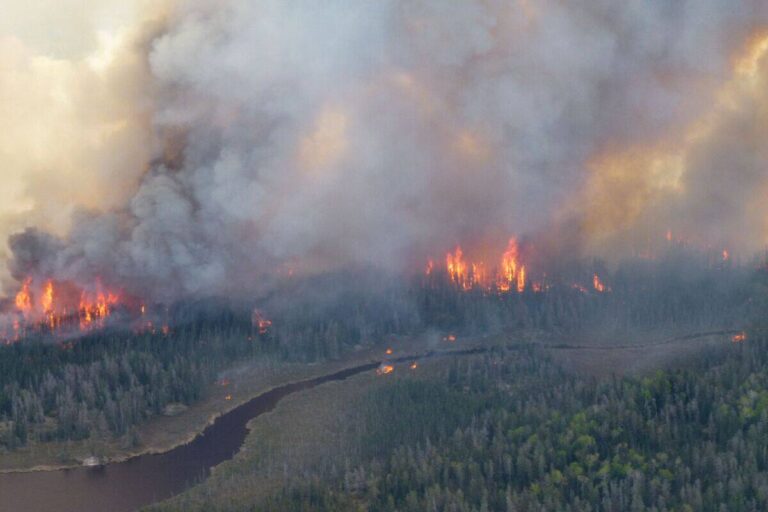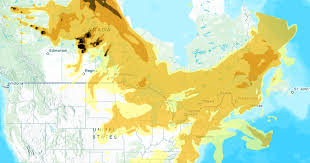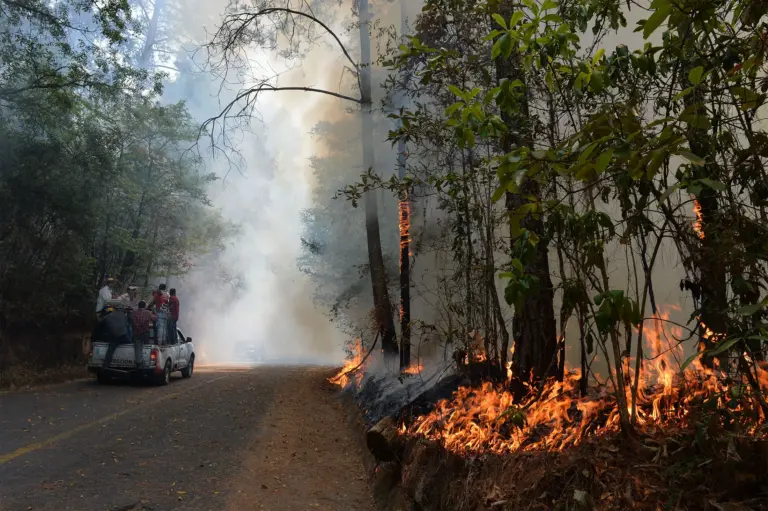
Introduction: The Importance of Monitoring Smoke in Ontario
As wildfire activity continues to increase across Canada, understanding how smoke affects air quality is crucial for residents of Ontario. The smoke map serves as an essential tool for the public, providing real-time information on air quality and health advisories. With concern about respiratory issues, especially during peak smoke days, staying informed is vital for safeguarding health and well-being.
Current Smoke Conditions in Ontario
As of late September 2023, Ontario has been experiencing intermittent smoke from various wildfires originating primarily from northern regions. The Ministry of Environment, Conservation and Parks (MECP) has updated its smoke map, highlighting areas currently affected by smoke concentrations. Key regions, including Northwestern Ontario and parts of Southern Ontario, have recorded elevated levels of particulate matter, posing risks to vulnerable populations, including children and the elderly.
The smoke map provides an interactive tool that indicates affected areas in real time. Citizens can check localized air quality conditions using resources from the MECP, the Ontario Air Quality Index, or websites dedicated to environmental monitoring. This map not only indicates where smoke is present but also projects how it may spread due to weather conditions. It is essential for outdoor activities and daily commuting decisions.
Health Recommendations Amidst Smoke Alerts
Public health officials have responded to the smoke alerts with ongoing guidance for Ontario residents. In areas with heavy smoke, it is advisable to limit outdoor activities, especially strenuous exercise. The Ministry of Health recommends that individuals stay indoors with windows closed and use air purifiers if available. For those with pre-existing respiratory conditions, such as asthma, it is imperative to have medication on hand and consult health professionals regarding any exacerbated symptoms.
Future Outlook and Preparedness
With climate change contributing to more frequent and severe wildfires, residents should remain vigilant in monitoring smoke maps and health advisories. Authorities emphasize preparedness plans, which include having an emergency kit and communication strategies for families. As Ontario progresses towards the winter months, the impact of air quality, primarily caused by smoke, remains a concern, underscoring the importance of continuous monitoring and public education.
Conclusion
Understanding the smoke map is crucial for Ontario residents’ health and safety, especially during wildfire season. With real-time updates and public health guidance, staying informed can help mitigate the adverse effects of smoke exposure. As we navigate through potential smoke incidents, being proactive about health and awareness will play a significant role in protecting communities across Ontario.






